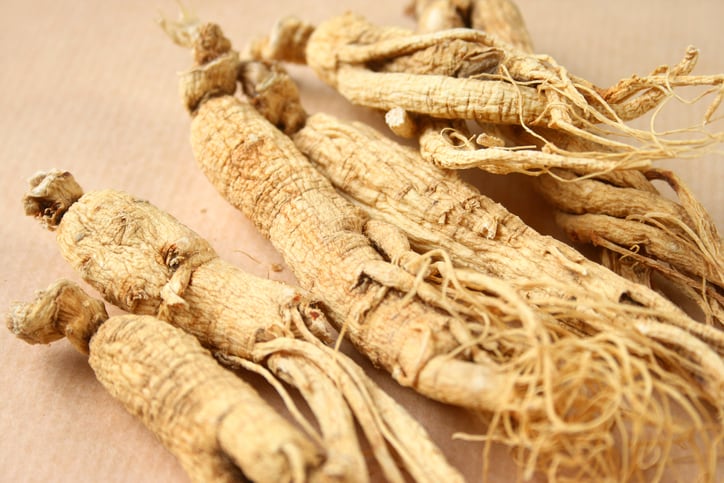The authors from Japan and China have summarised that the active components of ginseng, including saponins, polysaccharides, and active peptides, have antioxidant, anti-apoptotic, neuroprotective, and age-delaying effects.
They note that while DNA damage is the main factor associated with ageing, the mechanism through which the active ingredients of ginseng reduce DNA damage and delay ageing has not been comprehensively described previously.
Therefore, the review aimed to summarise the anti-aging mechanisms of the active ingredients of ginseng.
DNA protection
The process of ageing is marked by a gradual decline in mobility and metabolic quality, accompanied by phenotypic changes in cellular characteristics, including cell growth arrest, chromatin remodelling, metabolic reprogramming, impaired autophagy, and the secretion of pro-inflammatory factors.
These changes are caused by DNA damage, metabolic disruptions, telomere decay, and mitochondrial malfunction, which lead towards ageing.
Ginseng (Panax ginseng C. A. Meyer), a perennial plant that belongs to the Araliaceae family, has been historically in traditional medicine.
Previous studies have shown that ginseng can slow down the ageing process through DNA protection achieved by the reduction in oxidative stress and regulation of intestinal microorganisms.
Ginsenosides, the most widely studied active ingredients of ginseng, have previously shown strong anti-aging effects and demonstrated good therapeutic effects against neurodegenerative disease, diabetes, skin ageing, muscle atrophy, and other age-related diseases.
Mechanisms of Action
The authors note that the active ingredients of ginseng contribute to ageing delay through multiple mechanisms:the increase in the expression of antioxidant enzymes to achieve a balance between intracellular oxidation and antioxidation; the mitigation of excessive production of reactive oxygen species (ROS); and the reduction in endogenous DNA damage, prevent cell cycle arrest and delay ageing.
Intracellular ROS often stems from mitochondrial activity, and inflicts nucleoside base oxidation and DNA molecule damage, giving rise to single or double-stranded breaks.
Ginsenoside monomers such as Rg1, Rg3, and Re, have been shown to be effective against oxidative damage.
The authors state: “By enhancing antioxidant enzyme expression, ginseng curtails ROS production, ameliorates oxidative stress, and reduces endogenous DNA damage, culminating in an anti-aging effect.”
The authors also note that Ginseng’s regulation of the activities of DNA glycosylase and sirtuins (signaling proteins involved in metabolic regulation) in the process of DNA damage repair, ensure that the DNA repair pathway can accurately repair DNA damage caused by various factors associated with ageing.
For instance, Ginsenoside Rd (a ginsenoside found in Panax ginseng) has been shown to amplify the expression of NEIL1 and NEIL3, bolstering DNA glycosylase activity to combat DNA damage.
Additionally, Sirtuins have been shown to work in unison with ginseng's active components to repair DNA damage and maintain genomic stability.
Further research needed
The authors note that while this comprehensive review compiled research into ginseng’s mechanisms of action against age-related issues, most of the studies examined only assessed longevity, antioxidant enzymes, inflammatory factors, and ageing markers in model organisms (such as flies and C. elegans).
They add: “Research on the activity of galactosidase is also limited to the changes in the levels of proteins associated with the related pathways, and there are few in-depth studies on its role in the molecular mechanism of ageing.
“To address these limitations and identify specific mechanisms of action and targets, network pharmacology and CRISPR (clustered regularly interspaced short palindromic repeats) technologies have been used to screen potential drugs from ginseng using knockout mice and cellular models.
“These innovative methodologies offer promising avenues to increase our understanding of the mechanisms of action associated with the anti-aging effect of ginseng.”
Journal: Nutrients
https://www.mdpi.com/2072-6643/15/15/3286
“Research Progress on the Anti-Aging Potential of the Active Components of Ginseng”
Authors: Jingqian Su, Qiaofen Su, Shan Hu, Xinglin Ruan, and Songying Ouyang.


